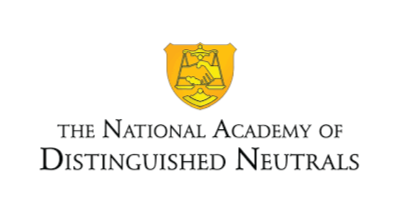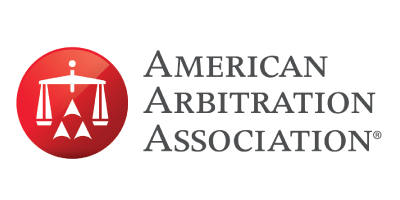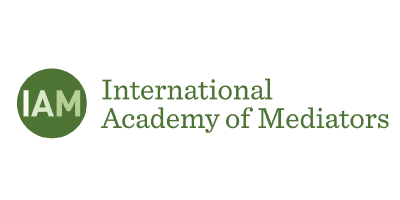Exchanged Submissions in Mediation
by Judge Elaine Gordon (ret.)

Elaine Gordon is a retired Superior Court judge and founder of Gordon ADR. She is a member of the National Academy of Distinguished Neutrals and a Distinguished Fellow of the International Academy of Mediators.
A Note from Judge Gordon
My column this month continues to address some unique and important aspects of mediation. I hope you find it interesting. I also appreciate all the feedback I continue to receive from my newsletter.
I feel very fortunate to work with so many lawyers who are becoming increasingly comfortable with mediation as a settlement option. While the skill set may be different from litigation, the goal remains the same.
As we approach the first day of spring in a couple of weeks, I'm reminded that we have so far avoided a major winter storm. For many, springtime is the best time of the year. And for those of us who daily travel the interstate and use the airports, a mild winter has certainly been a blessing.
After conducting well over 1000 mediations since retiring from the bench, I’ve noticed that successful lawyers realize participation in a mediation is unlike litigation in many aspects. It requires a very unique skill set that begins with drafting the exchanged submissions.
I provide a suggested Mediations Submissions Protocol for counsel to consider when generating both exchanged and confidential submissions. As many of you know, the exchanged submissions go to all counsel, as well as myself, but the confidential submission is for my eyes only.
In the last year or so, I’ve noticed that counsel have been increasingly skipping the exchanged submissions or just burying the other side in documents previously produced in one form or another. From my vantage point, this seems like a missed opportunity to succeed at mediation.
Increasingly, cases are more likely to be resolved by settlement rather than won at trial. When you decide to book a mediation, you want that mediation to be the last day of the case. Here are some ways to use exchanged submissions to maximize your chance for settlement.
First, figure out who your audience is. Forget about the mediator; that’s what the confidential submission is for. Use your written presentation in the exchanged submissions to influence not only your opposing counsel, but also the other party and any insurer who may be involved. Target your audience and write to them. Use exchanged submissions to persuade them that their valuation of risk is flawed or that their expectation of damages is inaccurate.
Second, deliver your exchanged submissions in enough time for counsel, the adverse party and decision-makers to process the issues and reassess their value determinations. This is particularly key in high-value cases which involve insurance coverage. If possible, exchange your documents at least a week in advance, so that the people with power overpayment have enough time to consider and react.
Lastly, make your exchanged submissions powerful. Write persuasively. Start with a short introduction which has an overview of the facts, followed by an emotional appeal which will grab the reader’s attention. Then continue to influence the reader by stressing the facts which build your case clearly and concisely. If you refer to documents, attach them to make it easier for the reader to follow.
Remember, your goal is settlement at mediation. It’s the last day of the case, so while being persuasive and positive, remain cordial and collaborative.
You may also be interested in ...































